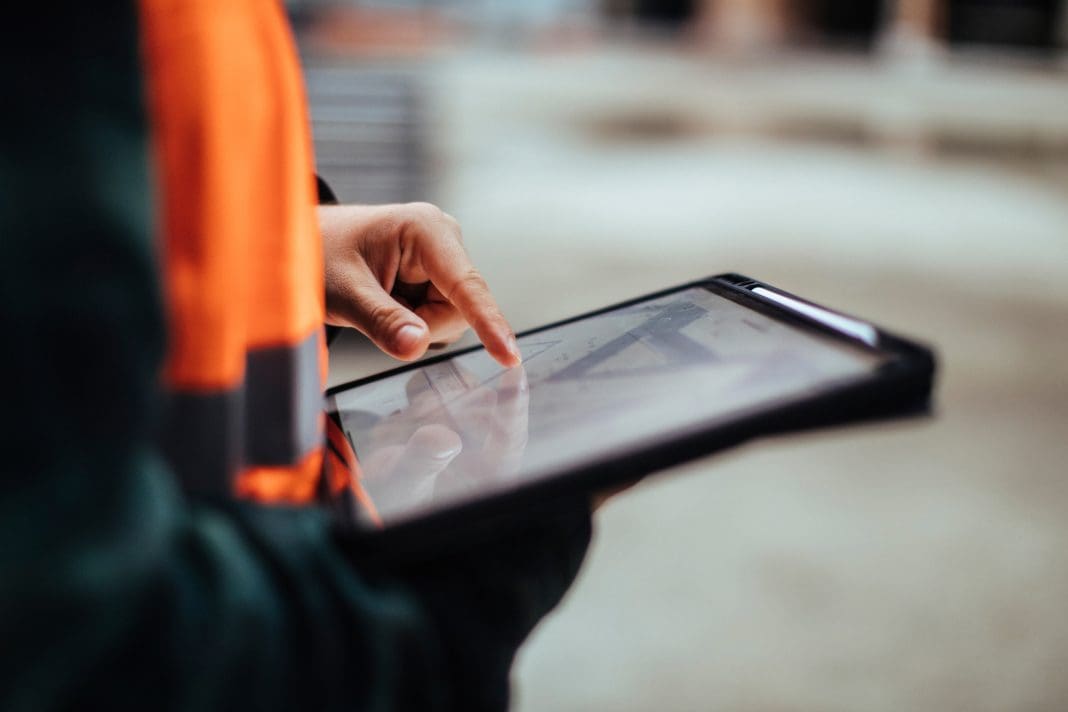In this article, Nilson Kufus, CEO and founder of Nomoko, explores the uses and benefits of digital twins in minimising the construction industry’s environmental impact
The construction industry is a major contributor to global CO2 emissions, with estimates indicating that it accounts for nearly 40% of all emissions worldwide.
In light of this, it is increasingly important for the industry to find ways to minimise its environmental impact. One emerging solution is the use of digital twins, which are virtual replicas of physical buildings or infrastructure that can be used to model and predict their impact and performance.
By leveraging the power of this technology, construction companies can reduce their environmental impact by avoiding rework, comparing as-built to as-designed plans, capturing progress, and easily sharing the data with all stakeholders in a visual manner.
What are digital twins?
Digital twins are virtual copies of real-world objects that are created by combining data from various sources such as high-definition drone images, environmental 3D models, building information models (BIMs), sensors, and other digital tools.
Once a digital twin is created, it can be used to simulate and monitor a building’s performance under different scenarios.
For example, a digital twin can be used to simulate the impact of constructing a building in the area, as well as predict the effects of different occupancies on the surrounding area.
Depending on the data integrated with the digital twin, this could include monitoring and predicting how a new building might impact surface runoff or how extending a neighbourhood might affect traffic in that area.
Predicting the impact on the environment while also predicting the impact of the environment means architects and construction companies can assess which building materials, structures, and designs make the most sense for the area.
How 3D digital twins can prevent design errors and problems
One of the key benefits of using 3D digital twins in a construction project is that they allow designers, engineers, and other stakeholders to identify potential design errors and problems early in the design process – before construction begins.
Evaluating how a new building will fit in its environmental context ensures that the project does not conflict with other uses of the space, neighbouring parcels, protected natural zones, etc., minimizing the need for expensive retrofitting or repairs.
Any miscalculation can lead to costly construction rework: more than 5% of total project costs can be attributed to rework, with to up to 70% of them due to engineering and design errors.
Minimising the environmental impact of construction
3D digital twins can also minimise the environmental impact of construction by identifying optimal areas where buildings could be placed or by indicating the right building shape that would maximize solar exposure, reducing the need for artificial lighting and heating.
Additionally, 3D digital twins from drones can be used to monitor and optimize the construction process itself. Up-to-date data and images of the construction site allow construction companies to adjust in real-time.
In this way, 3D models can for example, be used to monitor the progress of construction and identify areas where materials could be reused or recycled, thus reducing waste and minimizing the need for new materials.
Digital twins can help to reduce energy consumption and prolong the lifespan of equipment
Beyond this, digital twins can also be used to optimise the maintenance and operation of buildings by reducing energy consumption and prolonging the lifespan of equipment and systems thanks to better planning.
By monitoring how buildings are affected by, say, environmental factors, digital twins make it possible to do predictive rather than reactive maintenance.
This, in turn, allows for just-in-time replacement of system parts, so that parts are used as long as possible yet without risking costly failures. Overall, the use of 3D digital twins in construction can help to prevent design errors before construction has started.
A few challenges are still to be overcome, such as the need for interoperability and standardisation across different digital tools and systems, as building a comprehensive digital twin requires integrating data from various sources.
Regardless the simulations that digital twins enable are a remarkable tool for identifying where the environmental impact could be reduced, leading to a more efficient and sustainable construction and reducing the impact on our planet.
Nilson Kufus

CEO and founder

















